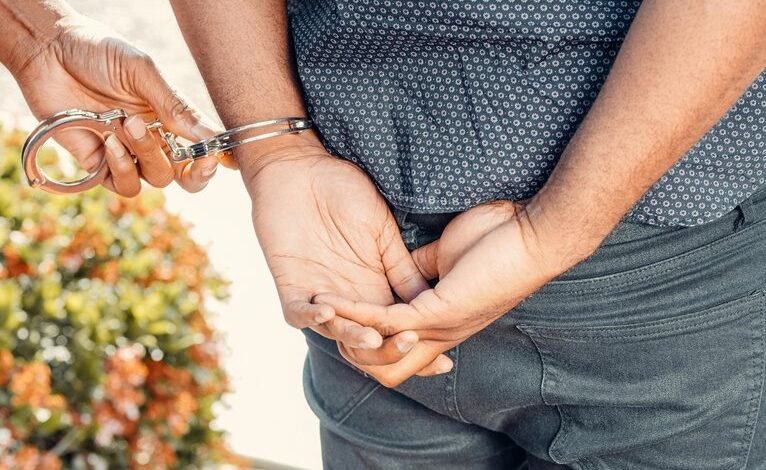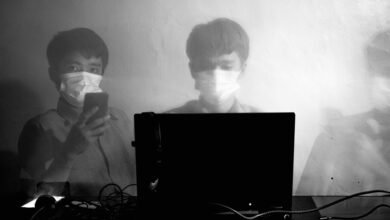Photoackmpa: O Impacto de Imagens no Processo Judicial

The integration of images in the judicial process has transformed how evidence is presented and perceived. Visual evidence, particularly photographs, can significantly influence juror decisions by providing clear, compelling proof. However, this reliance on imagery raises important ethical concerns regarding authenticity and manipulation. As courts increasingly adopt advanced visual tools, the implications for justice and fairness remain to be fully understood. This evolving landscape warrants further examination of its impact on legal outcomes.
The Evolution of Visual Evidence in the Courtroom
As the legal landscape has evolved, the role of visual evidence in the courtroom has transformed significantly.
Historical context reveals that early legal proceedings relied on verbal testimony, but technological advancements have introduced photographs, videos, and digital displays.
These tools enhance juror understanding, provide clarity, and influence decision-making, demonstrating the crucial integration of visual evidence in contemporary judicial processes.
The Power of Photographic Evidence: Case Studies
Numerous case studies illustrate the profound impact of photographic evidence in the judicial process.
Instances of photographic reliability have strengthened convictions by providing irrefutable proof, while others showcase the emotional impact such images can have on juries.
These case studies reveal how visual evidence not only substantiates claims but also shapes perceptions, ultimately influencing judicial outcomes and the pursuit of justice.
Challenges and Considerations in the Use of Images in Legal Proceedings
While photographic evidence can significantly impact judicial outcomes, its use in legal proceedings also presents various challenges and considerations.
Ethical dilemmas arise regarding the manipulation or presentation of images, potentially misleading juries.
Furthermore, authenticity concerns may question the validity of images, affecting their admissibility.
Addressing these issues is crucial to maintaining justice and ensuring that visual evidence supports rather than undermines the truth.
Conclusion
In conclusion, the integration of photographic evidence in the judicial process underscores its transformative potential in shaping juror perceptions. However, the theory that visual media can unequivocally enhance understanding remains contentious, as ethical dilemmas concerning manipulation and authenticity persist. The balance between leveraging visual tools and upholding legal integrity necessitates ongoing scrutiny and the establishment of robust guidelines. As technology evolves, the judicial system must critically assess the implications of visual evidence to ensure justice is served without compromise.




